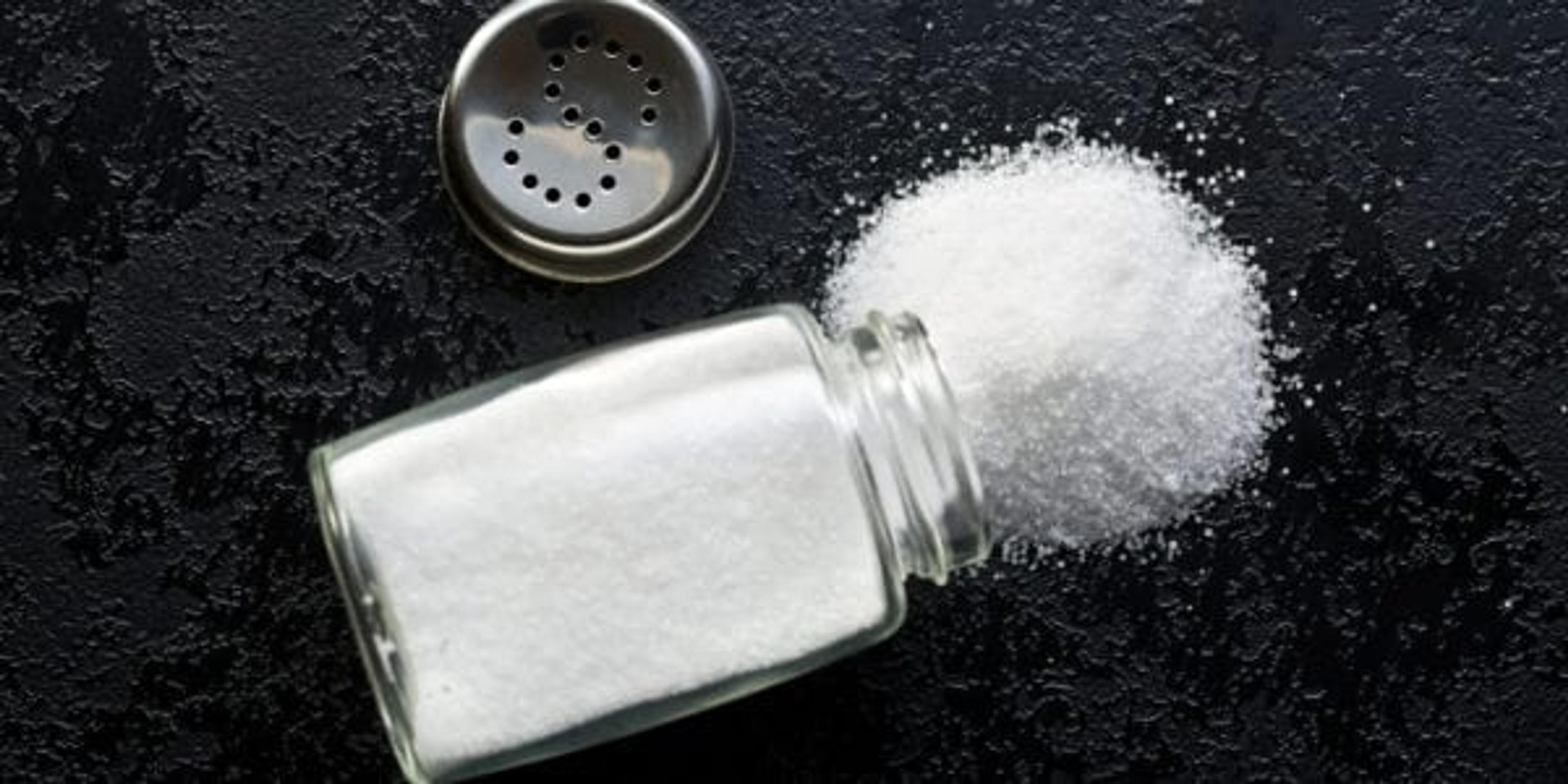Hold onto your saltshakers: How to cut back on sodium
| 2 min read

Sodium: It’s a necessary nutrient to maintain a healthy body, but excessive amounts can do some serious harm. According to the American Heart Association, a high-sodium diet increases blood pressure and your risk of heart attacks. Experts recommend limiting your sodium intake to less than 2,000 milligrams per day – which is easier said than done.

Many processed foods are packed with the stuff, but there are other culprits you need to watch out for:
- Table salt is 40 percent sodium and typically the number one source for almost everyone. Adding 1 teaspoon of salt to your meal exceeds the recommended daily value by 300mg (2,325mg of sodium).
- Cottage cheese may be an excellent source of calcium, but enjoying half a cup costs you about 450mg of sodium, almost 25 percent of your daily allowance.
- Cereal is often thought of as a sweet rather than salty, but just one cup of Raisin Bran has 300mg of sodium.
- Deli meats rely on salt as a preservative, so adding one slice of salami to your sandwich means adding roughly 226mg of sodium.
- Soy sauce, which is commonly added to Asian cooking and take-out, can contain 335mg of sodium for one teaspoon.
- Parmesan, cheddar and Swiss cheese have some of the highest amounts of sodium for cheese. Five one-inch cubes account for 71 percent, 66 percent and 65 percent of your recommended daily amount, respectively.
- Pretzels, along with most processed snack foods, have high sodium content. For example, a handful of these on-the-go snacks (about 15 medium pretzels) add up to more than 1715mg of sodium, or 71 percent of your daily recommended amount.
- Bread racks in about 100mg of sodium per slice, but specialty rolls, bagels and even muffins can have as much as 400mg of sodium per serving.
Photo credit: jirkaejc





